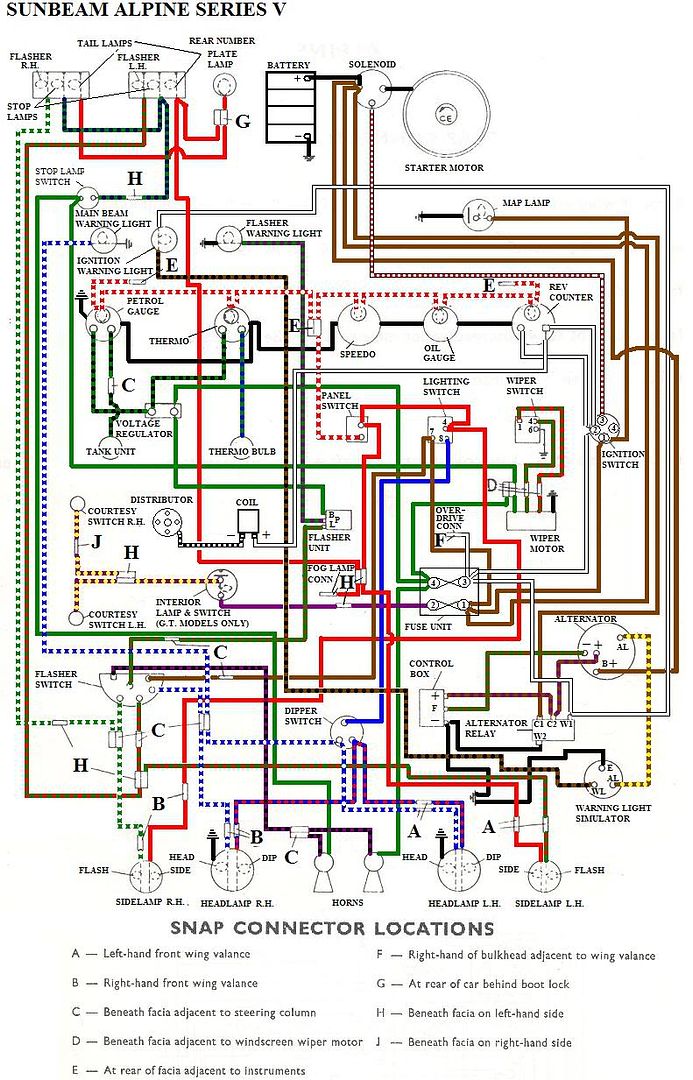RootesRacer
Donation Time
PIcked up a dizzy cap and quizzed the parts-house guy.
Parts guy believes that no resistor is needed for the 25D dizzy.
I put on a coil he recommended as matched to a 25D, and
put on my old 25D dizzy, engine starts again, but timing
is way way off.
I had been using a new 45D dizzy, but parts guy said that the 45D
model needs a 6 volt coil and a resistor (not the 12 volt coil I had
been using.)
I hope you'all who understand this can get it straightened out ...
Allan
Better change your parts guy...
The distributor has NOTHING to do with if you use a ballast resistor or not.
It has ONLY to do with the coil, and sometimes to do with the electronics box (if applicable).
I can assure you the 45D distributor was used on many cars with 12v systems. In fact, I dont thing the D45
was even designed when 6v systems were in use.
Low resistance coils need the ballast which acts as a current limit at lower RPMs when the coil saturates due to excess dwell time.
Sometimes, the engine will stop with the points totally closed, and if this happens, the coil will be turned on continuously. I mention this becuase you should never leave the ignition on with the engine not running (with points) or the coil and ballast will get very very hot, likely damaging both as well as welding the points closed.



